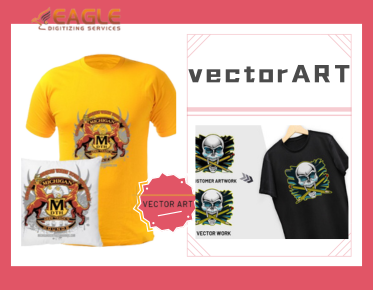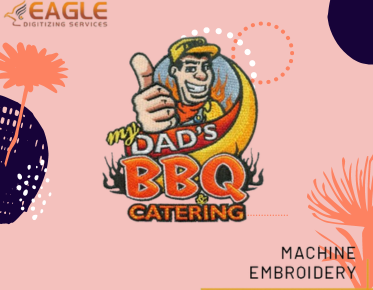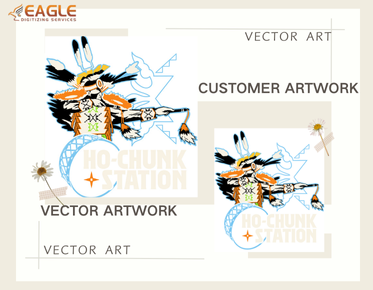Correctly Exporting and Saving Vector Graphics: Ensuring Optimal Quality and Compatibility
Vector graphics are a powerful tool in the design realm, offering scalability without any loss in quality. They are essential for various applications ranging from logo designs to complex illustrations. However, achieving the best results requires understanding how to correctly export and save these graphics to ensure both quality and compatibility. This comprehensive guide will delve into the best practices and insights on vector graphics management.
Understanding Vector Graphics
Unlike raster images, which are made up of pixels, vector graphics utilize mathematical expressions to define shapes, lines, and colors. This distinction makes them resolution-independent and ideal for artwork that needs to be enlarged significantly without losing clarity. The popular file formats for vector graphics include SVG, AI, EPS, and PDF, each offering various advantages depending on the use case.
The Role of File Formats
Choosing the correct file format is crucial in vector graphics. For web-based scenarios, SVG is highly recommended due to its XML-based format, which is both lightweight and well-supported across browsers. For print work, AI or EPS formats are exemplary because they retain layers and can be seamlessly integrated with professional design software like Adobe Illustrator and CorelDRAW.
Exporting Vector Graphics
Exporting vector graphics correctly is paramount to maintaining vector integrity. It’s essential to use design software that supports the vector formats you wish to export. Before exporting, ensure that all text is converted to outlines to prevent font mismatches. Always select 'save as' or 'export' with the appropriate format settings to maintain vector definitions.
Leveraging professional vector art conversion services can also be advantageous. Companies like Eagle Digitizing offer robust solutions for converting raster to vector graphics. They provide a wide range of services, including raster to vector conversion, vector tracing, background removing, and more. Their expertise ensures high-quality outcomes that are essential for digital or print graphics.
Compatibility Across Platforms
To ensure your vector graphics work seamlessly across various platforms, it is vital to adhere to several best practices. Use standard design software that is widely accepted in the industry. Maintain simplicity in design where possible, as overly complex vectors can sometimes lead to compatibility issues when transferred between applications.
Optimizing Vector Graphics
Optimizing vector graphics not only improves file size but also enhances performance, especially for web applications. Solutions like simplifying paths and removing unnecessary details can significantly reduce file size. For those engaged in professional graphic design, seeking expert vector conversion services can ensure that your vectors are both optimally formatted and expertly crafted.
Utilizing Professional Services
Choosing a reliable vector service provider is crucial for businesses looking to scale their operations with precision and efficiency. Eagle Digitizing, a leader in vector conversion, offers a suite of services tailored to brands of all sizes. Their rapid turnaround and meticulous attention to detail underscore their commitment to exceptional customer satisfaction.
Advances in Vector Technology
As technology evolves, so do the tools available for creating and editing vector graphics. The advent of AI and machine learning is paving the way for more intelligent design tools that can automatically optimize and convert images. Industry professionals must stay abreast of these trends to capitalize on the best available resources.
Looking Forward
The future of vector graphics holds immense potential. As more businesses recognize the value of precise and scalable artwork, the demand for high-quality vector services will continue to rise. Keeping up with trends and innovations in design software will be crucial for practitioners in maintaining a competitive edge.
For those venturing into the world of vector graphics, mastering the art of exportation and conversion is just the beginning. By understanding the intricacies of format compatibility and optimization, you can ensure that your designs not only meet professional standards but also inspire creativity across platforms.



